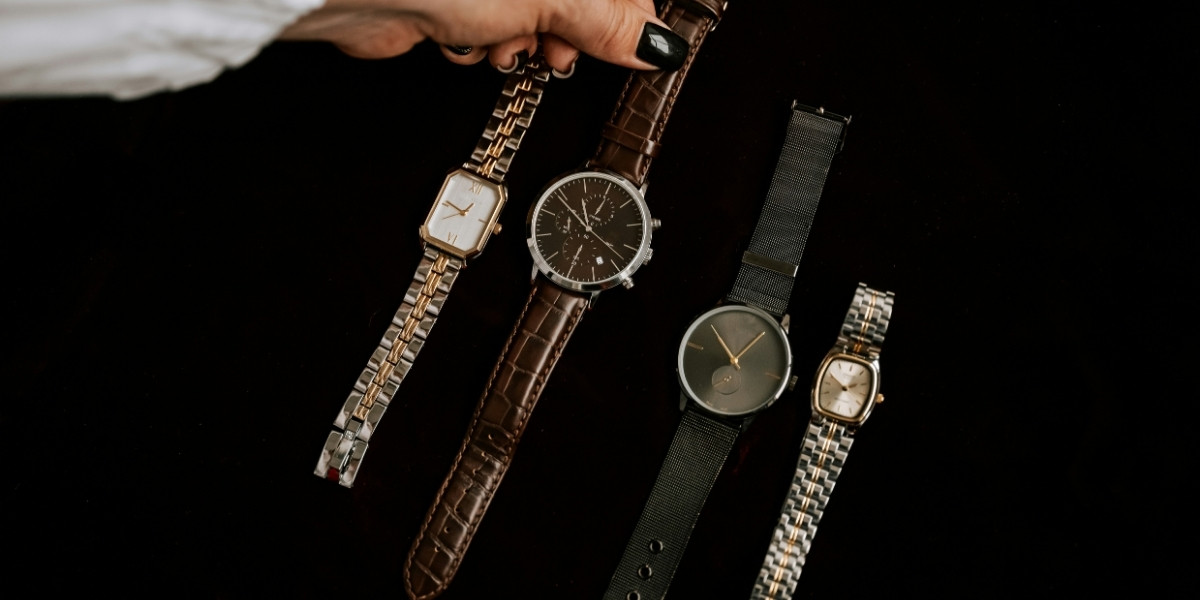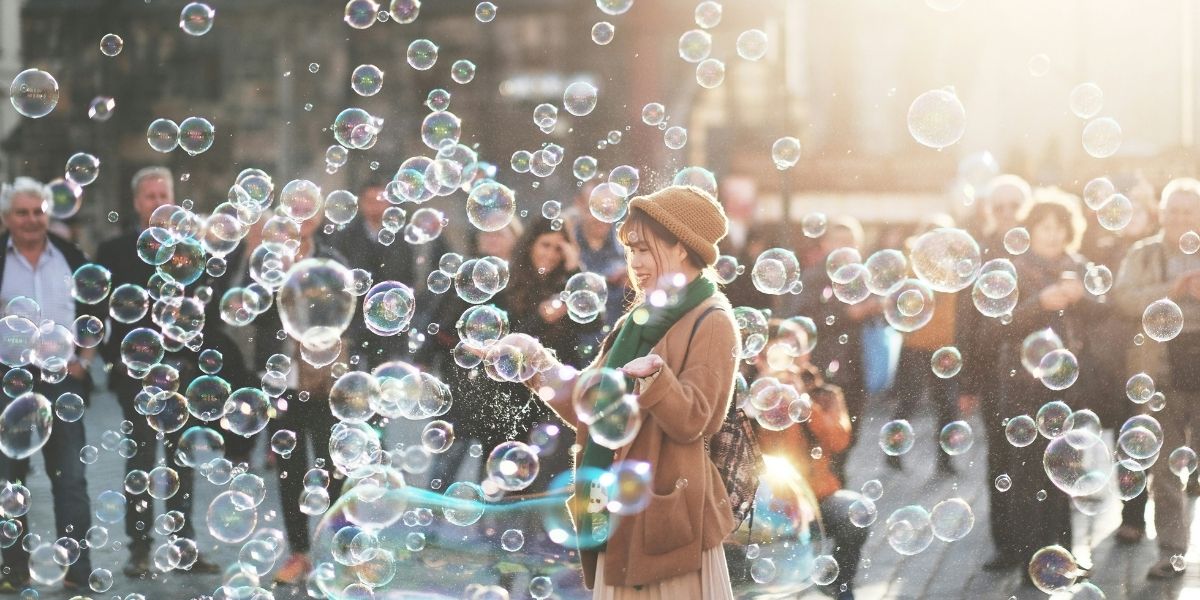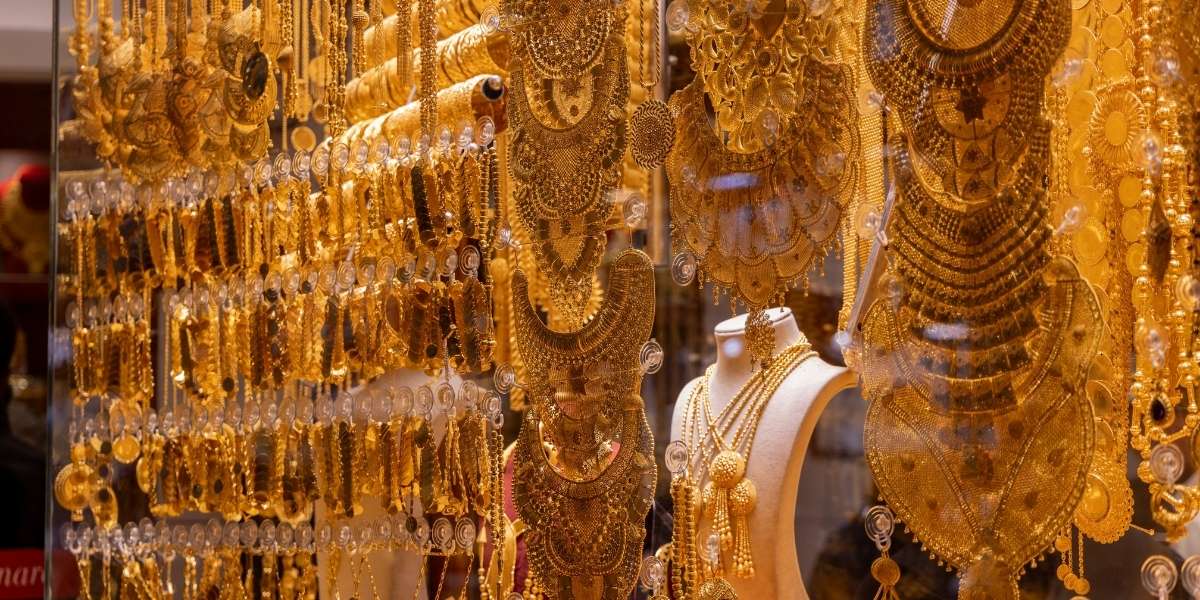Introduction to Haute Couture Embroidery
Haute couture embroidery is an art form that has stood the test of time, playing a pivotal role in the creation of the most exquisite, high-end garments in the fashion world. This meticulous craft combines the finest materials, exceptional skill, and a deep understanding of texture, design, and tradition. Haute couture embroidery is not just about decoration; it is a transformative process that elevates a garment into a wearable piece of art.
In this guide, we will explore the craftsmanship behind haute couture embroidery, including the techniques used, the history of the craft, and the importance of this exquisite art in the world of fashion.
Read Also: How Pottery Strengthens Focus, Patience, and Resilience
The History of Haute Couture Embroidery
The roots of haute couture embroidery can be traced back to the 19th century when it was first introduced as part of the luxury fashion houses in Paris. The term “haute couture” itself refers to high-quality, custom-made fashion, and embroidery became one of the defining features of these bespoke garments.
During this period, French fashion houses like Charles Frederick Worth, the father of haute couture, began incorporating intricate hand-embellished designs into their collections. The embellishments were initially created by hand-embroiderers, often women trained in the delicate art of embroidery.
Over the years, the use of embroidery in haute couture has evolved, with the incorporation of modern techniques and materials. Despite this, the essence of haute couture embroidery remains rooted in the craftsmanship of past generations, where each stitch is considered a testament to the skill and artistry of the embroiderers.
Techniques Used in Haute Couture Embroidery
Haute couture embroidery is characterized by a combination of traditional techniques and innovative, modern adaptations. The process requires immense precision, creativity, and time, and it often involves a team of highly skilled artisans. Here are some of the main embroidery techniques used in haute couture:
1. Needlepoint Embroidery
Needlepoint is one of the oldest and most intricate techniques of embroidery. In needlepoint embroidery, each thread is individually stitched to form a precise and dense pattern. This method is particularly well-suited for creating textured and three-dimensional designs. Needlepoint can be used to create elaborate floral patterns, motifs, or even intricate landscapes.
2. Beadwork and Sequins
Beadwork and sequins are often added to haute couture designs to provide shimmer and texture. Artisans use tiny beads, sequins, or rhinestones, hand-sewing them onto fabric in patterns that add depth and richness to the garment. The beads are sometimes arranged to create gradients, enhancing the visual impact of the embroidery.
3. Appliqué
Appliqué is a technique where pieces of fabric, lace, or leather are sewn onto the base fabric to form patterns or designs. This technique can be used to create bold, graphic motifs or delicate floral arrangements. The added fabric pieces can be embroidered further to create intricate textures or details.
4. Thread Embroidery
Thread embroidery is the traditional method of stitching designs onto fabric using a needle and thread. This technique allows for a wide range of textures, from soft, flowing patterns to more structured, geometric designs. Embroiderers may use a variety of threads, including silk, cotton, or metallic threads, to achieve different effects.
5. 3D Embroidery
3D embroidery brings designs to life by creating three-dimensional textures. This can be achieved by stitching thick threads, fabrics, or other materials into the garment to create raised, sculptural effects. 3D embroidery is often used in haute couture collections to make flowers, leaves, or other decorative elements appear to “pop” off the fabric.
6. Lacework and Chantilly Lace Embroidery
Lacework is another technique commonly used in haute couture embroidery, particularly with delicate materials like silk or tulle. Chantilly lace, a fine, lightweight lace originating from France, is often incorporated into embroidery to add elegance and sophistication. The lace is sometimes hand-embroidered to create intricate designs that complement the garment’s structure.
The Importance of Materials in Haute Couture Embroidery
The materials used in haute couture embroidery are of the highest quality, which contributes significantly to the overall luxury and refinement of the garment. High-end fabrics such as silk, velvet, satin, and chiffon are often used as the base fabric for embroidery. The choice of fabric is essential because it dictates how well the embroidery will adhere to the garment and how the finished piece will hang or flow.
In addition to the fabric, the threads and embellishments used in haute couture embroidery are also of exceptional quality. Artisans often use silk threads, gold or silver thread, and other luxury materials to create rich, intricate designs. The use of precious stones, pearls, sequins, and beads adds another layer of opulence and visual appeal.
The Role of Haute Couture Embroidery in Fashion
Haute couture embroidery plays a vital role in the fashion industry, particularly in the realm of luxury and high-end fashion. These intricate embellishments are often used to transform a simple design into a work of art, creating garments that are unique, luxurious, and one-of-a-kind.
Many of the world’s top designers rely on embroidery to set their collections apart. Fashion houses like Chanel, Dior, and Valentino have long been known for their impeccable embroidery craftsmanship, which helps elevate their collections to the highest level of luxury. Embroidered garments are often featured on the red carpet, worn by celebrities and royalty, and are seen as symbols of status and wealth.
The Future of Haute Couture Embroidery
While haute couture embroidery has deep historical roots, it continues to evolve as new techniques and technologies emerge. Today, some designers are experimenting with digital embroidery, where designs are created and stitched using machines, offering greater precision and efficiency. However, traditional hand-embroidered pieces remain the gold standard in haute couture, valued for their craftsmanship, attention to detail, and artistry.
As fashion continues to innovate, haute couture embroidery will likely remain a central element of luxury fashion. Designers are constantly exploring new ways to push the boundaries of this timeless craft, ensuring that haute couture embroidery will continue to dazzle and inspire for generations to come.
Read Also: How AI is Making E-commerce Smarter and Faster
The Timeless Craft of Haute Couture Embroidery
Haute couture embroidery is a celebration of skill, creativity, and tradition. It transforms fabric into art, elevating fashion to a level of sophistication that few other techniques can achieve. Whether using intricate threadwork, bead embellishments, or 3D designs, haute couture embroidery reflects the rich history and future innovation of luxury fashion.
For those passionate about craftsmanship and fine design, haute couture embroidery offers a glimpse into a world where every stitch tells a story, and every garment is a masterpiece.






